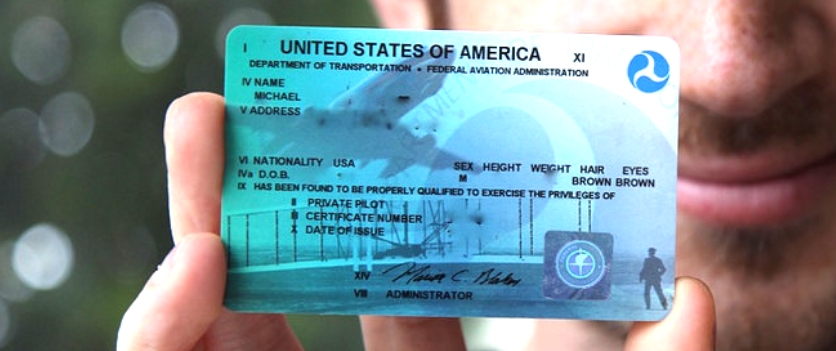Flying high above the clouds, navigating vast expanses of sky, flight lessons los Angeles and landing safely at destinations around the world, pilots play a vital role in modern aviation. But what does it take to become a pilot? What skills and knowledge are essential for mastering the art of flying? In this article, we explore the world of pilots, from the training and qualifications required to the responsibilities and challenges they face in the cockpit.
Becoming a Pilot:
Becoming a pilot is a challenging but rewarding journey that requires dedication, skill, and a passion for aviation. The first step in becoming a pilot is obtaining a private pilot license (PPL), which allows you to fly small aircraft for recreational purposes. To obtain a PPL, aspiring pilots must complete a minimum number of flight hours, pass a written exam, and demonstrate proficiency in various flight maneuvers.
After obtaining a PPL, many pilots choose to pursue further certifications and ratings, such as an instrument rating, which allows them to fly in low visibility conditions, or a commercial pilot license (CPL), which allows them to fly commercially. To obtain these certifications, pilots must complete additional flight hours and pass additional exams.
Skills and Qualities of a Pilot:
Being a pilot requires a unique set of skills and qualities. Pilots must have excellent hand-eye coordination, spatial awareness, and the ability to make quick decisions under pressure. They must also have strong communication skills, as they often need to communicate with air traffic control and other pilots while in flight.



